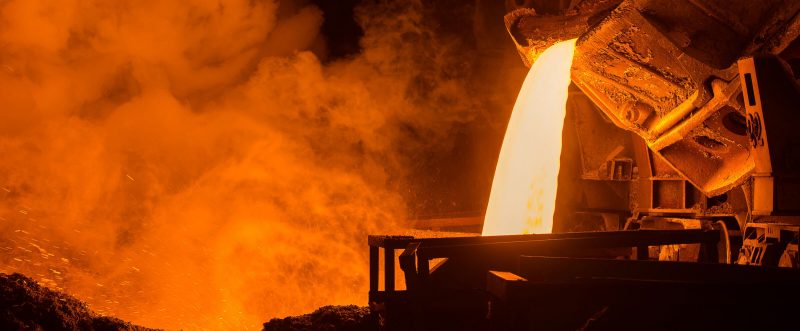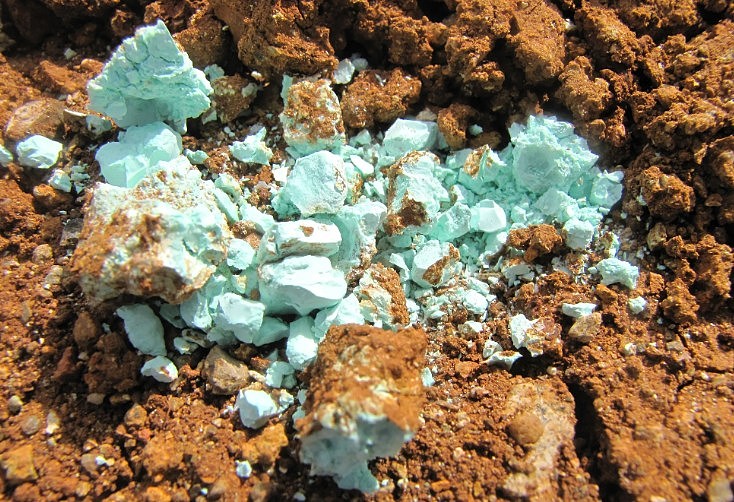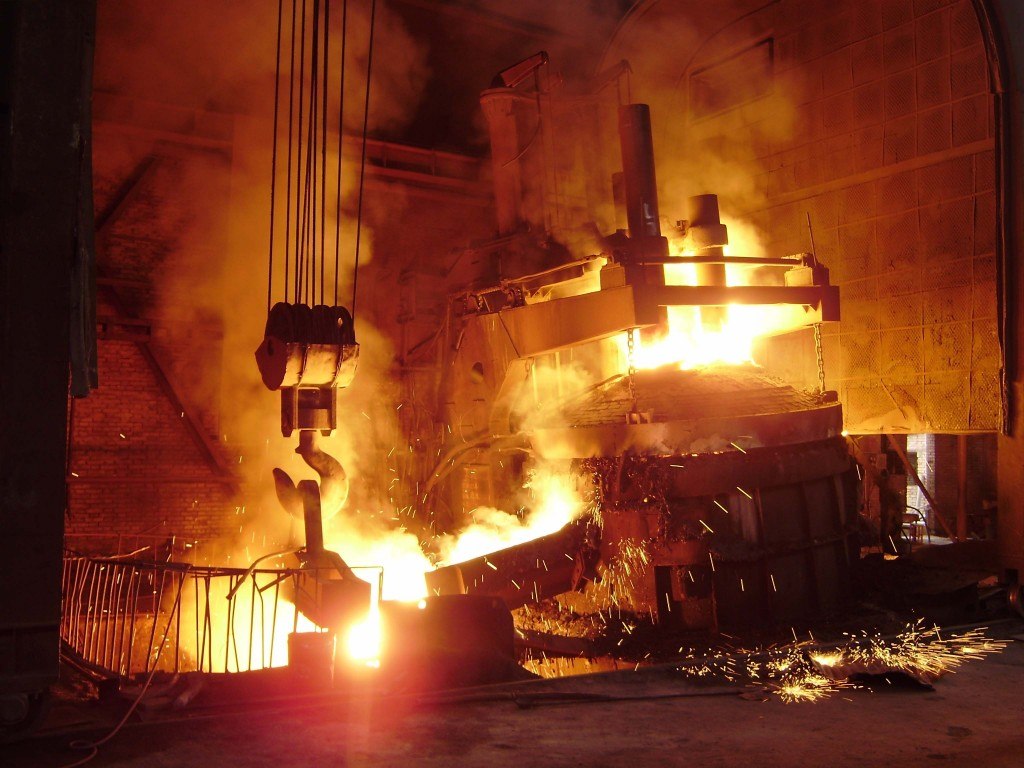
Poland has unveiled its comprehensive Action Plan for the Sustainable Development of the Steel Industry, a strategic framework designed to address key challenges and propel the sector’s long-term viability. The plan, presented by the Polish Ministry of Industry, comes in response to the ongoing crisis within the steel sector. It outlines critical areas such as energy efficiency, environmental compliance, and international competitiveness. This is done with a vision for 2050. The Polish government’s objective is to revitalize the steel industry. They aim to ensure its sustainability while meeting the European Union’s environmental standards.
Key Challenges and Strategic Areas for Development
The Action Plan tackles multiple hurdles that the steel industry faces, particularly high energy consumption, fierce competition from third-party countries, and the mounting environmental regulations. The plan addresses the following six strategic areas:
-
Competitiveness: Reforming public procurement to limit the market access of steel producers from non-EU countries with substandard environmental practices.
-
Energy: Expanding compensation mechanisms to support energy-intensive industries, helping them manage rising energy costs.
-
Ecology & Decarbonization: Introducing measures to improve the environmental impact of steel production, focusing on green technologies and cleaner operations.
-
Circular Economy: Promoting the use of recycled materials and sustainable processes within the industry.
-
Renewable Energy: Encouraging the adoption of renewable energy sources and liberalizing rules for self-production.
-
Security: Ensuring the industry’s long-term resilience by safeguarding supply chains and enhancing production capabilities.
These areas are designed to work in tandem, with a focus on aligning Poland’s steel sector with global environmental goals, particularly decarbonization targets for 2050. The plan includes provisions for simplifying bureaucratic processes and improving industry flexibility, such as extending waste processing permits without the need for reapplication.
Poland’s Recovery and Growth in Steel Production
The Polish steel industry has seen a significant recovery in recent years, reversing the downturn that began in 2022. In 2024, steel production increased by 10.1%, rising from 6.4 million tons to 7.1 million tons. This recovery has been driven in part by the restart of the Huta Częstochowa plant, which returned to full capacity in February 2025 after a year of downtime. The 3.9% production growth recorded from January to April 2025, compared to the same period in 2024, highlights the industry’s positive trajectory.
The ongoing recovery is further supported by the Polish government’s commitment to invest in low-carbon technologies and renewable energy sources. The Action Plan serves not only as a response to immediate challenges but also as a roadmap for Poland’s steel industry to evolve into a more competitive and sustainable player on the global stage.
SuperMetalPrice Commentary:
Poland’s strategic action plan for its steel industry shows the country’s commitment to balancing economic, environmental, and social factors. The global demand for green steel is rising. At the same time, industries face growing pressure to cut carbon emissions. Poland is focusing on decarbonization, renewable energy, and circular economy principles. These efforts aim to position the steel sector for long-term sustainability. The restart of key plants, such as Huta Częstochowa, and planned investments in low-carbon technologies show Poland’s proactive recovery approach. Success, however, will depend on cooperation between government, businesses, and trade unions for smooth implementation.











Leave a Reply
You must be logged in to post a comment.